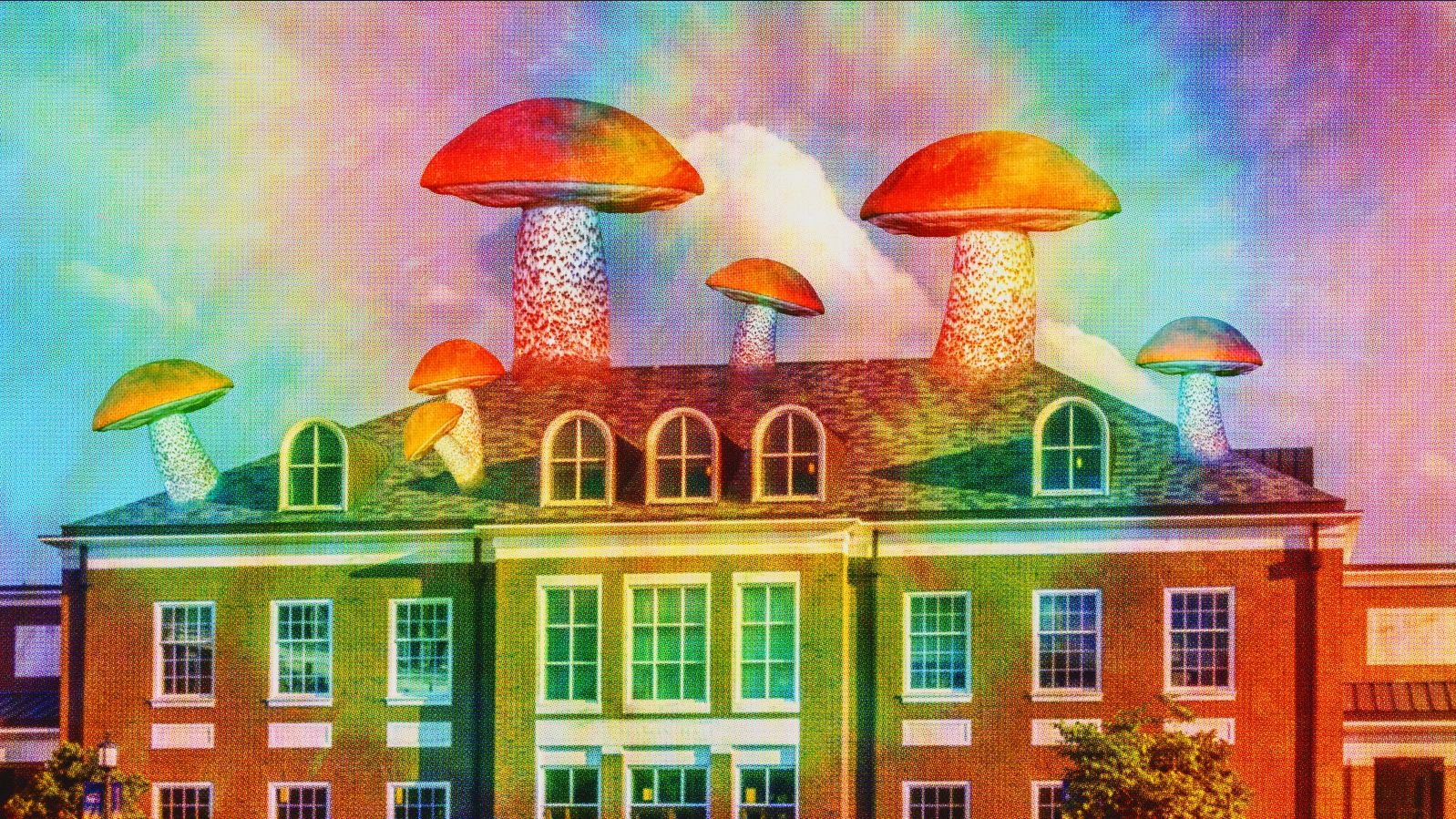By Gabriel García September 22, 2022
The book Essential Guide to the Psychedelic Renaissance by Antón Gómez-Escolar, tells us how in 1938 Albert Hofmann, after having accidentally absorbed an infinitesimal amount of a compound he had just synthesized in his laboratio, returned home experiencing a cognitive sensation out of reality. He had just discovered the effects of LSD.
Between this event, celebrated in the psychedelic community as the beginning of all that was to come, and the famous summer of love and counterculture, three decades were to pass. In the beginning, LSD was used almost exclusively for medical purposes, in psychiatry, psychoanalysis and brain research. Among this academic, scientific and philosophical circle, some theorists, such as the philosopher Alan Watts and the psychology professors Timothy Leary and Richard Alpert, began to disseminate among university students the use of the psychopharmaceutical as a mystical-intellectual-orientalist experience and an instrument of liberation of the individual against the voracity of the system. “Change your mind and you will change the world”. The thing was spreading and, in a few months, the Californian coast became a hotbed where thousands of young people not only consumed LSD, but all kinds of psychedelic substances, such as mescaline, psilocybin or ketamine, marijuana. And the rest is history.
This chain of events is considered as the historical canon of the beginning of the popularization of psychedelics and, above all, their discovery in society. But what if we were to tell you that Albert Hofmann did not bring about the birth of psychedelics, but rather a first psychedelic renaissance?

The Second Psychedelic Renaissance
Technically, we are in a psychedelic renaissance today, except that it is the second psychedelic renaissance in Western culture. Albert Hofmann only popularized in a very specific historical moment and in a specific culture, a therapeutic approach to these substances that already had a century of use in other cultures.
Without going any further, ayahuasca, also known as yagé, is a traditional drink of several indigenous peoples of the Amazon region. As reported in this article by pharmacist Franciele Rohor de Souza, we now know that, in addition to ritualistic, mystical and religious purposes, the indigenous peoples found clear benefits in its use that, centuries later, science demonstrates:
“According to a study published in Frontiers in Neuroscience, DMT is able to activate the sigma-1 receptor (Sig-1R), a protein that inhibits neurodegeneration and controls the production of antioxidant compounds responsible for protecting brain cells. The study also found that DMT protects these cells from damage caused by oxygen deprivation.
A study published in the Journal of Psychoactive Drugs](https://pubmed.ncbi.nlm.nih.gov/27918874/) found that harimine, the main β-carboline present in ayahuasca, has anti-inflammatory and neuroprotective effects and stimulates memory. In addition, an increase in the levels of brain-derived neurotrophic factor (BDNF), a protein involved in the growth of nerve cells and increases the chances of survival of neurons, was evidenced.
There is scientific evidence that this drink may have fast-acting antidepressant effects.A review of studies also concluded that ayahuasca is effective in treating depression, anxiety, mood disorders and drug addiction.”
As we have previously recounted on the website, and as developed in the Guide to the Psychedelic Renaissance, the countercultural movement of the 1970s and its opposition to the Vietnam War led to the fall from grace of legislators and, in general, the general public following a campaign to discredit psychedelics, which brought about the end of what we now consider to be the first psychedelic renaissance. A sad and circumstantial episode in which psychedelics were forever linked to a social and cultural movement now reviled. Without going any further, before LSD was banned, it was only used for clinical purposes in Spain. Few knew that this substance was a tool for inner exploration, nor were they interested in autexoploration as a form of knowledge. And the fact is that recent studies (as an example we refer to all those mentioned above), show that these substances, even with their possible side effects and contraindications, have a necessary therapeutic purpose and use in our society, just as they had in the past.
If you are interested in learning how these substances can help improve your mental health, you can read more information about psychedelics in the Essential Guide to the Psychedelic Renaissance, by Antón Gómez-Escolar. We also recommend Psychedelics and Mental Health, by Irene de Caso and Your Brain on Psychedelics, by Genís Oña, where you will learn the keys to the effects of psychedelics, capable of producing significant changes in the processes of perception, thought and consciousness. The book also includes a prologue written by one of the greatest eminences in this field, José Carlos Bouso, scientific director of ICEERS.

These books are now available on Amazon in physical and eBook format, as well as Apple Books. In addition, all titles are available in Spanish version on GuiasdelPsiconauta.com




